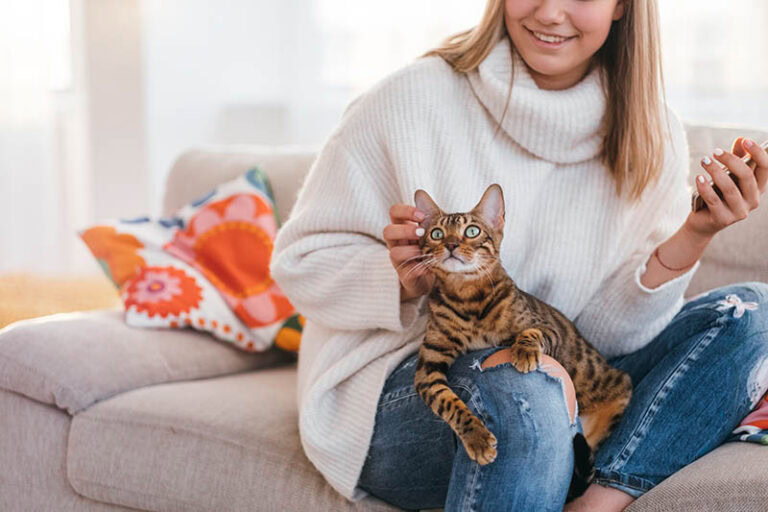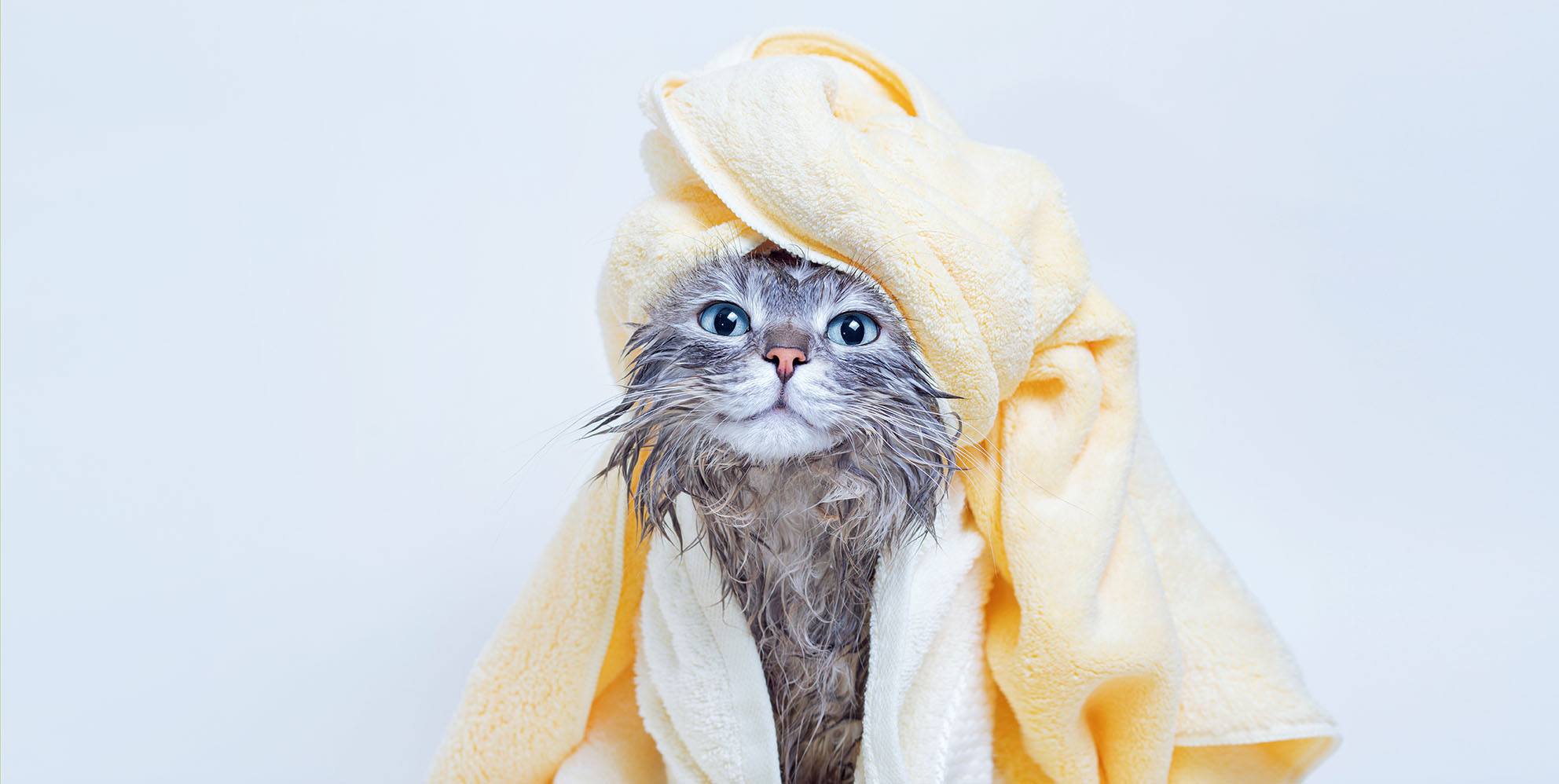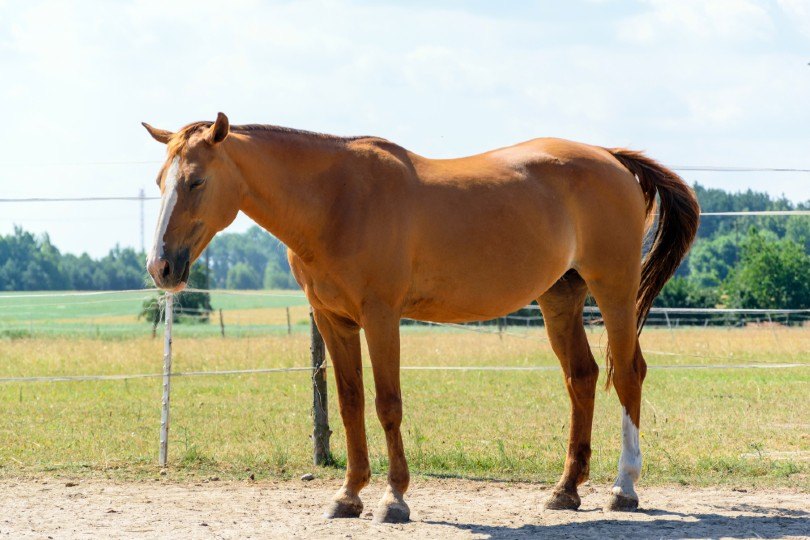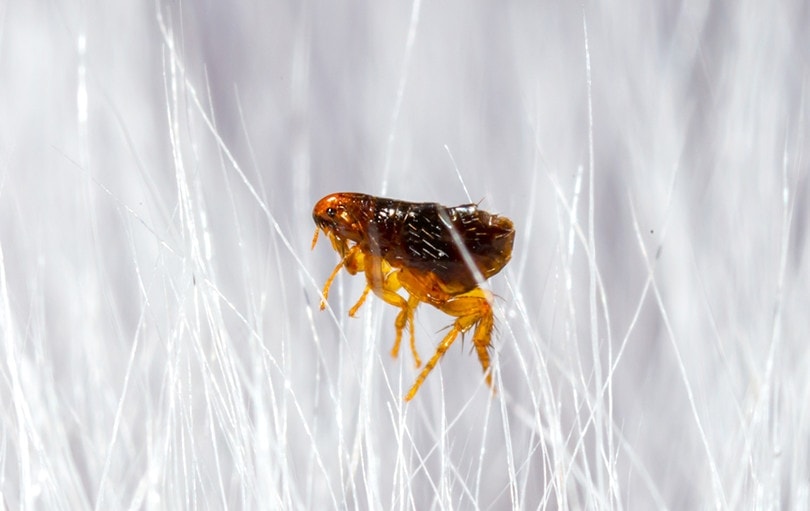Click to Skip Ahead
Whether you just put up your first chicken coop or are in the process of replacing an old one, one of the best things that you can do to protect your investment is to paint and seal it.
Not only does it protect the entire chicken coop from the elements, but it also gives it a nicer look that can be the highlight of your farm or yard. But getting the right chicken coop paint and sealant is important because certain types can make your chickens sick.
This guide will break down everything that you need to know to pick out the right paint and sealant for your chicken coop. In general, you should be looking for exterior paint which is either pet-friendly or livestock-friendly.

Should You Paint the Inside of a Chicken Coop?
There are tons of perks to painting the inside of a chicken coop! While the outside gets more exposure to the elements, the inside isn’t immune. Over time, the chicken coop can start to deteriorate or warp, which painting or staining can help prevent.
Not only does it help with weather conditions, but it also helps prevent red mites. It doesn’t completely guarantee that you won’t have to deal with those pesky critters, but it does reduce the likelihood.
Finally, painting or staining the inside of your chicken coop gives it an extra flash of style. While nobody will be judging the interior of your chicken coop, if you can make everything look nicer while helping preserve it, that truly is a win-win.
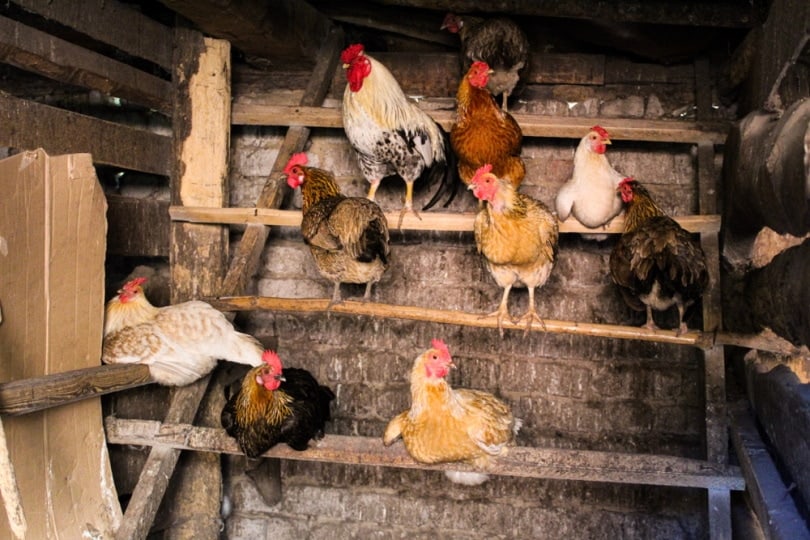
What Paints Are Safe for Chicken Coops?
Whether you’re painting the interior or exterior of your chicken coop, it’s important that you use the right paint or stain for the job. What you’re looking for is any exterior paint that says either “pet friendly” or “livestock friendly.”
If the paint says this, it’s an excellent choice for your chicken coop, and you don’t need to do any additional research. However, if you can’t find a paint that says either of these messages, look for an exterior paint that’s water-based and non-toxic.
These paints are perfectly safe to use around livestock and chickens. Ensure that you use an exterior paint or stain because these hold up against the weather conditions and will give your chicken coop extra protection that interior paints can’t.
Exterior paints will also last longer on an exterior surface than an interior paint will.
Are Chickens Sensitive to Paint Fumes?
Chickens are extremely sensitive to paint fumes. Therefore, you need to house your chickens in a different location while you’re painting their coop.
You need to wait until the paint is completely dry and all the paint fumes are gone before moving your chickens in. This usually takes about 24 hours, but it can take more or less time depending on the size of the chicken coop and outside temperatures and conditions.
Painting vs. Staining a Chicken Coop
There’s no wrong way of staining or painting a chicken coop, but you should do one or the other.
Painting your chicken coop has the advantage that it typically lasts longer and you have more color options to choose from.
Wood stains soak right into the wood, so you don’t have to worry about your chickens pecking the paint off and peeling/eating it. While pet-safe paint is non-toxic and shouldn’t harm your chickens, it’s still paint instead of food. However, every year or two, you’ll need to re-stain the entire chicken coop, which creates more work for you.
In the end, the right choice is the one that you want and the one that you’ll keep up with. Many of us only want to do a job once, and that’s where paint comes in handy. But if you don’t mind the extra work and want a nicer-looking chicken coop, staining is probably the way to go.

Final Tips for Painting a Chicken Coop
Keep in mind that chickens will be pecking and clawing at your chicken coop at all hours of the day and night, so ensure that you’re getting a top-notch paint that can take the damage without peeling. It might cost more up front, but it will save you the time and work that would go into repainting everything.
Also, don’t wait too long to paint your chicken coop. Once it starts to warp, crack, and peel, there’s only so much that a fresh coat of paint or stain can do. Paint and stain are best for preserving your chicken coop, not bringing it back.
Moreover, don’t paint your chicken coop when it’s wet. Wait until everything is completely dry before starting. You might need to sand down rough areas to get a better look and appearance. Don’t skimp on the prep work because this will be extremely apparent after you’ve finished the job.
Finally, add a sealer after painting or staining. This helps keep your chickens from pecking or clawing their way through the paint and helps protect the entire chicken coop from the elements.
By combining a stain or paint with a sealer, you’re giving your chicken coop the maximum protection, which is exactly what you want.
Our Paint & Sealant Recommendations
While there are certainly tons of great choices out there, if you’re looking for quick recommendations of paint/primer and sealant for your chicken coop, check out the following.
Paint and Primer: KILZ
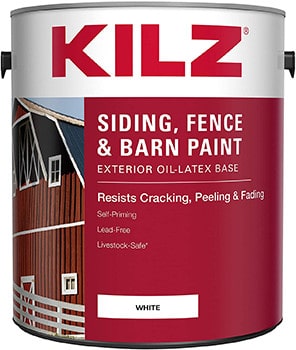
This gallon of KILZ paint and primer is precisely what you need to get complete most paint jobs. Keep in mind that this is white paint, so if you’re opting for a different color, you’ll need to take it somewhere for mixing.
It’s a livestock-certified paint that will keep your chickens healthy while protecting their home. For each gallon of paint, expect it to cover about 200 square feet.
Sealant: Minwax
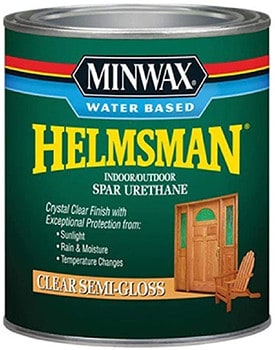
Once you apply your paint and primer, you need a sealant to give everything an extra layer of protection. The Minwax water-based indoor/outdoor urethane coating is the perfect way to ensure that your new paint job will last.
Even better, it’s available for a great price, so you don’t need to break the bank to protect your work!
Related Reads:

Final Thoughts
While there are a thousand things that go into caring for chickens and livestock, you still don’t want to neglect painting or staining your chicken coop.
You might be saving yourself a few bucks and a couple of hours now, but you’ll end up replacing your chicken coop far sooner and spending even more money if you don’t do the job as soon as possible.
Check out these DIY Chicken Coop Plans for more inspiration!
Featured Image Credit: JPR03, Shutterstock



